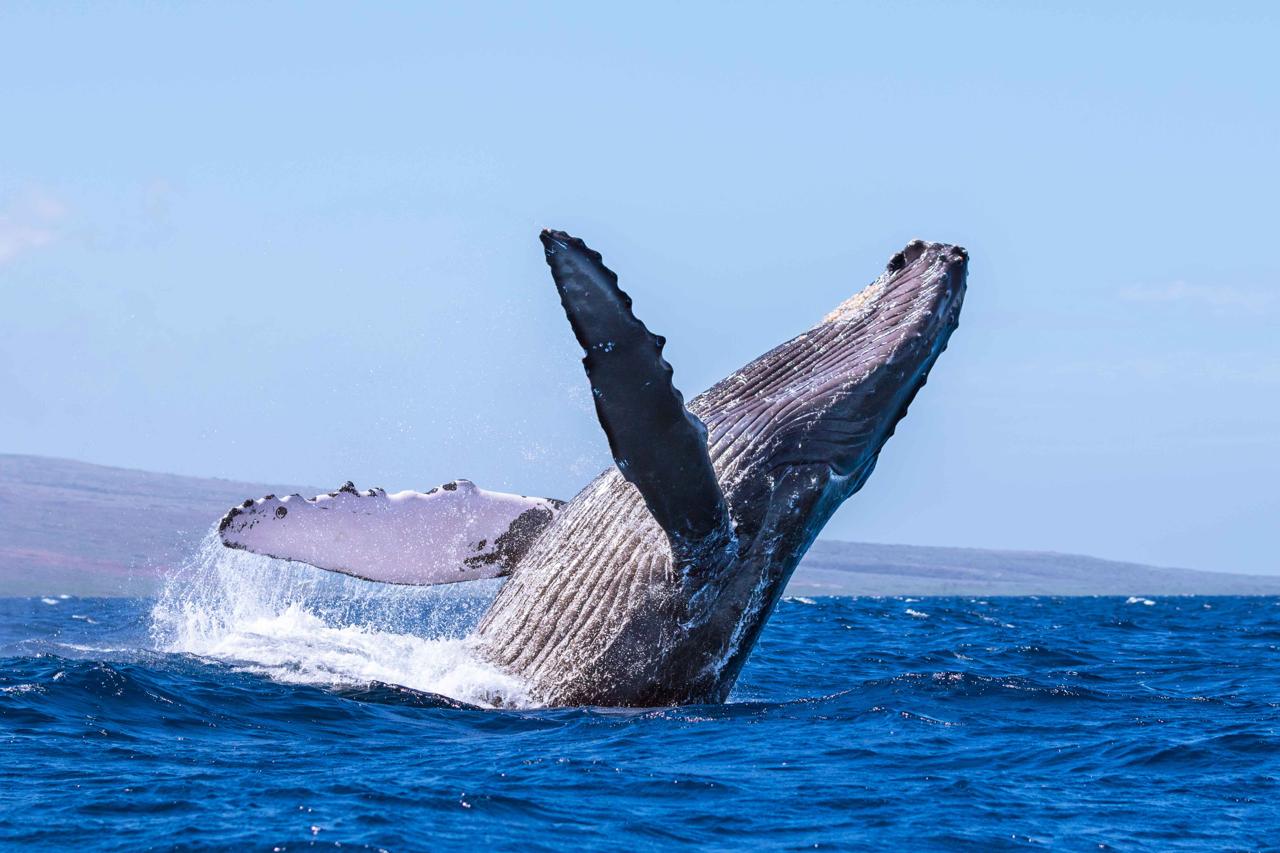
Whales are among the most magnificent creatures to ever inhabit the Earth. These aquatic mammals belong to the cetacean family, which also includes dolphins and porpoises. With their enormous size, intelligence, and fascinating behaviors, whales have captivated human interest for centuries. There are two main categories of whales: baleen whales (Mysticeti) and toothed whales (Odontoceti), each distinguished by their feeding mechanisms.
Baleen whales, like the blue whale and humpback whale, are filter feeders. Instead of teeth, they have baleen plates made of keratin, which they use to sift small organisms like krill and plankton from seawater. The blue whale, the largest animal on Earth, can grow up to 100 feet long and weigh as much as 200 tons. Despite their massive size, baleen whales primarily feed on some of the smallest creatures in the ocean.

On the other hand, toothed whales, such as sperm whales, orcas, and dolphins, have teeth and are active hunters. Orcas, or killer whales, are known for their intelligence and complex social structures. They hunt in groups, using sophisticated strategies to capture prey ranging from fish to seals, and even other whales. Sperm whales, famous for their deep diving abilities, can descend thousands of feet below the ocean’s surface to hunt for giant squid.
Whales are highly social animals, often living in groups called pods. Communication is key to their survival and social interactions. They use a variety of vocalizations, such as clicks, whistles, and songs, to communicate with one another. Humpback whales, in particular, are famous for their long and complex songs, which can be heard for miles underwater and are believed to play a role in mating.

One of the most fascinating aspects of whale behavior is their migration. Many whale species undertake long-distance migrations, traveling thousands of miles between their feeding grounds in polar waters and their breeding grounds in warmer tropical waters. This migration is driven by the availability of food and the need to give birth in warmer, more sheltered environments.
Whales have also played an essential role in human culture and history. In the past, they were hunted extensively for their blubber, which was used to make oil for lamps, and for their meat. Commercial whaling led to a dramatic decline in whale populations, pushing many species to the brink of extinction. However, international efforts, such as the establishment of the International Whaling Commission (IWC) and the ban on commercial whaling in 1986, have helped protect whales and allow their populations to recover.

Despite these efforts, whales still face numerous threats. Climate change, ocean pollution, and ship strikes pose significant dangers to their survival. Additionally, some countries continue to engage in limited whaling under the guise of scientific research, leading to ongoing controversy and debate.
In conclusion, whales are not only awe-inspiring creatures but also vital to the marine ecosystem. Their presence helps maintain the health of the oceans, contributing to the regulation of the food chain and even influencing carbon storage in the ocean. The conservation of whales is crucial, not just for their survival, but for the overall health of marine environments. As our understanding of these incredible animals continues to grow, so too does the importance of ensuring their protection for future generations to admire and study.
